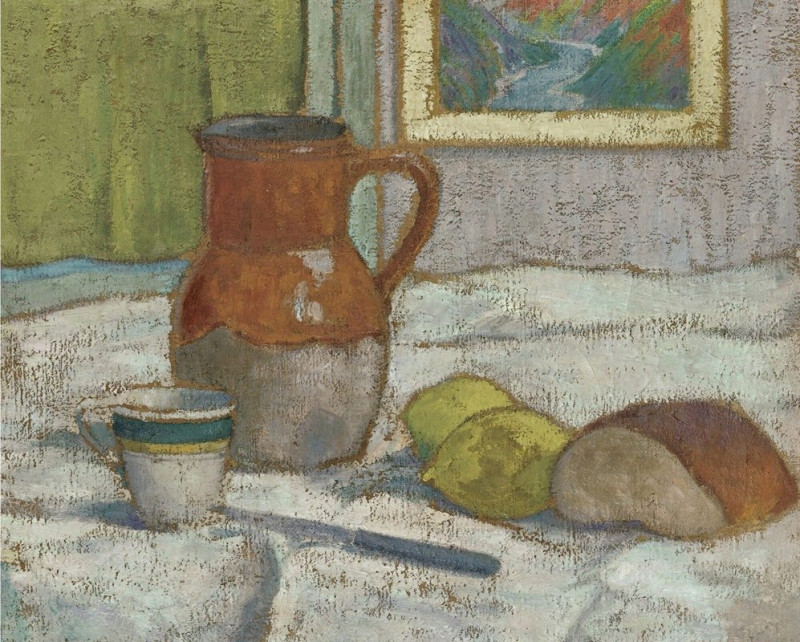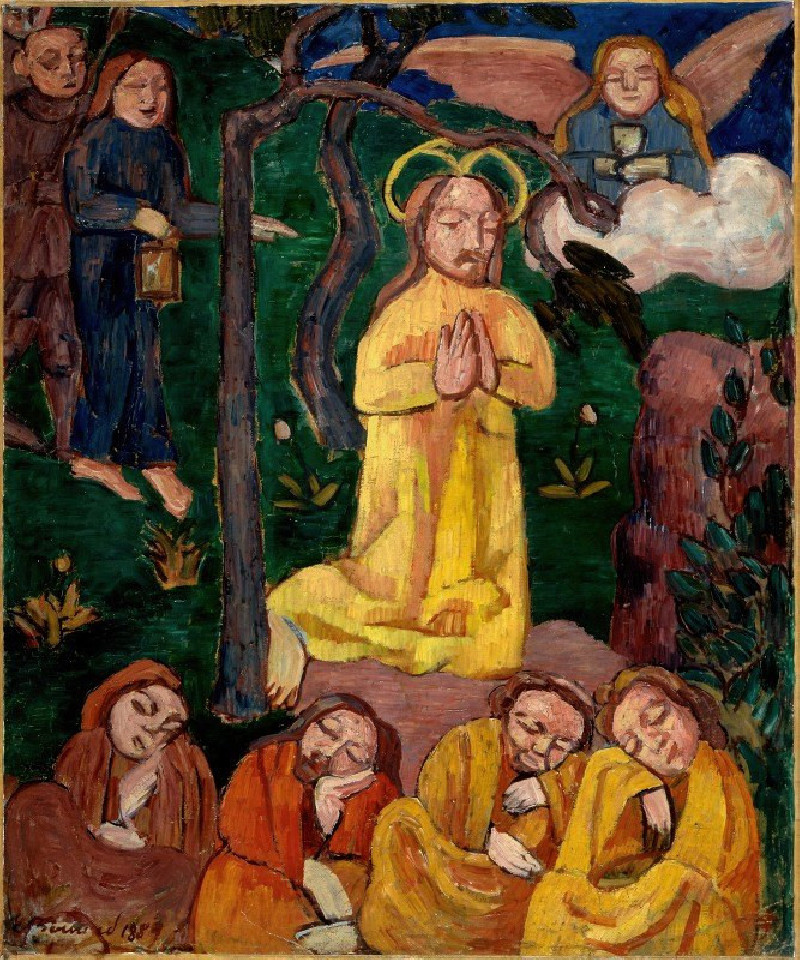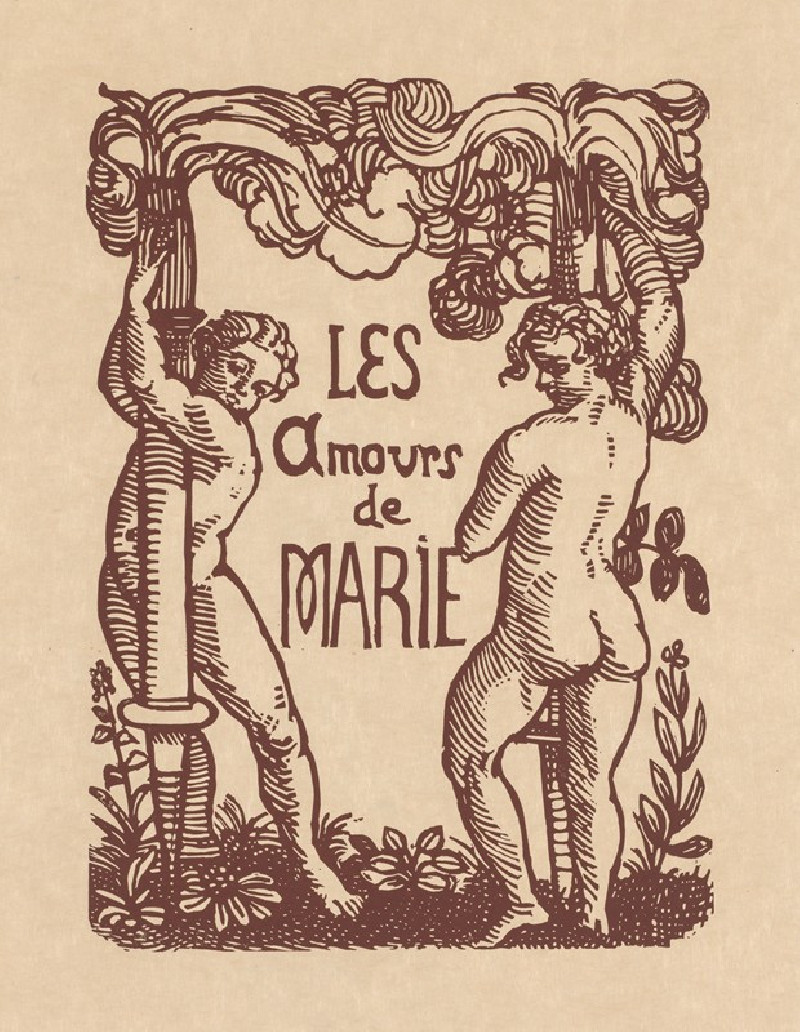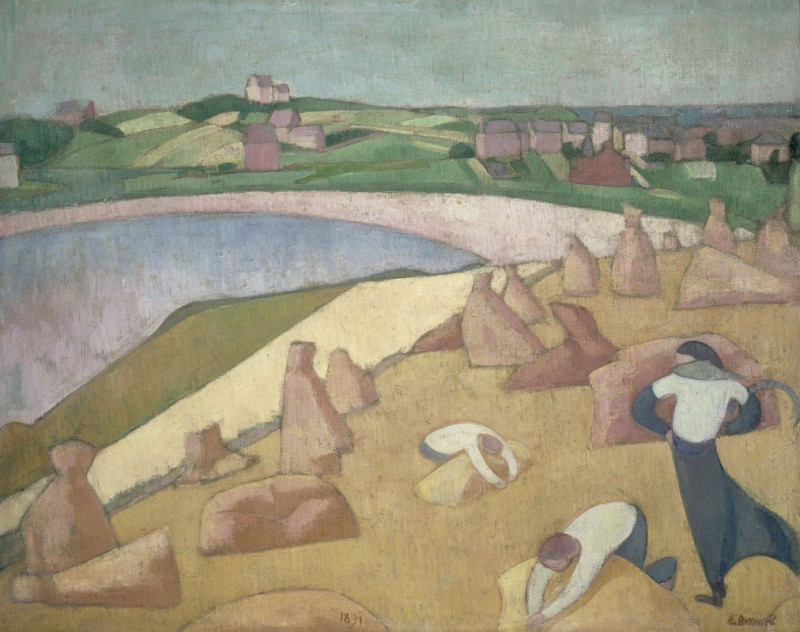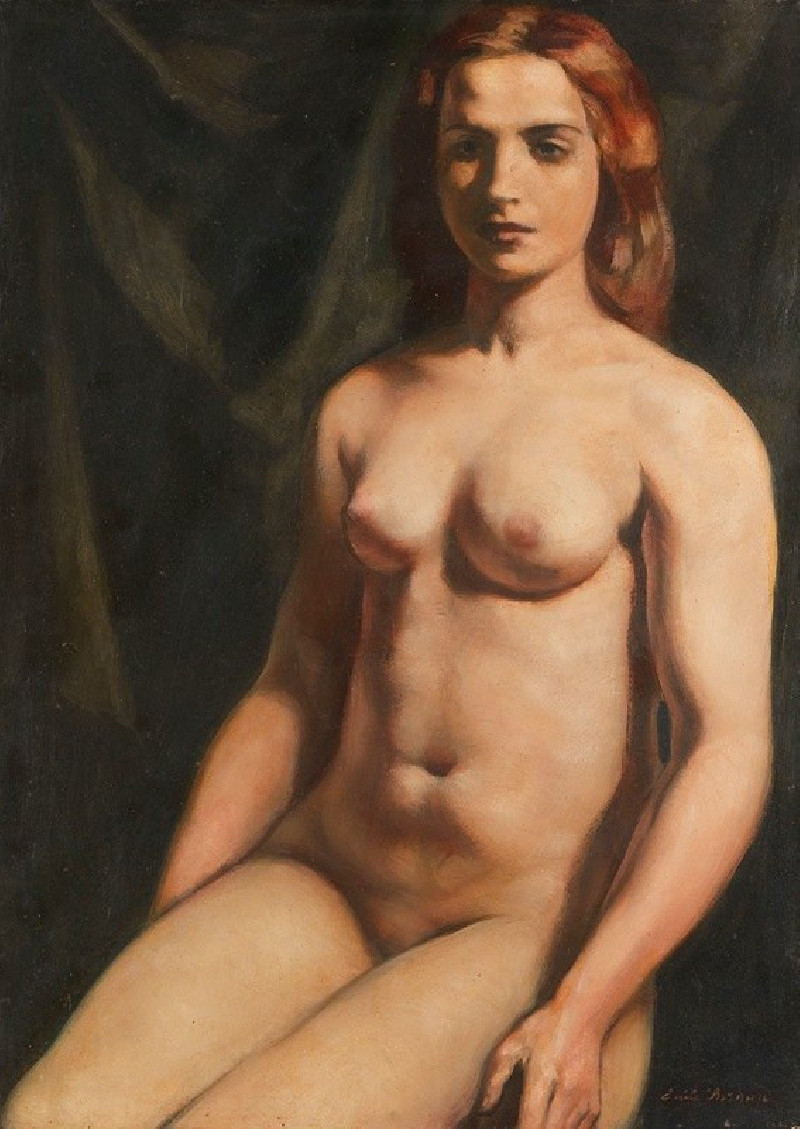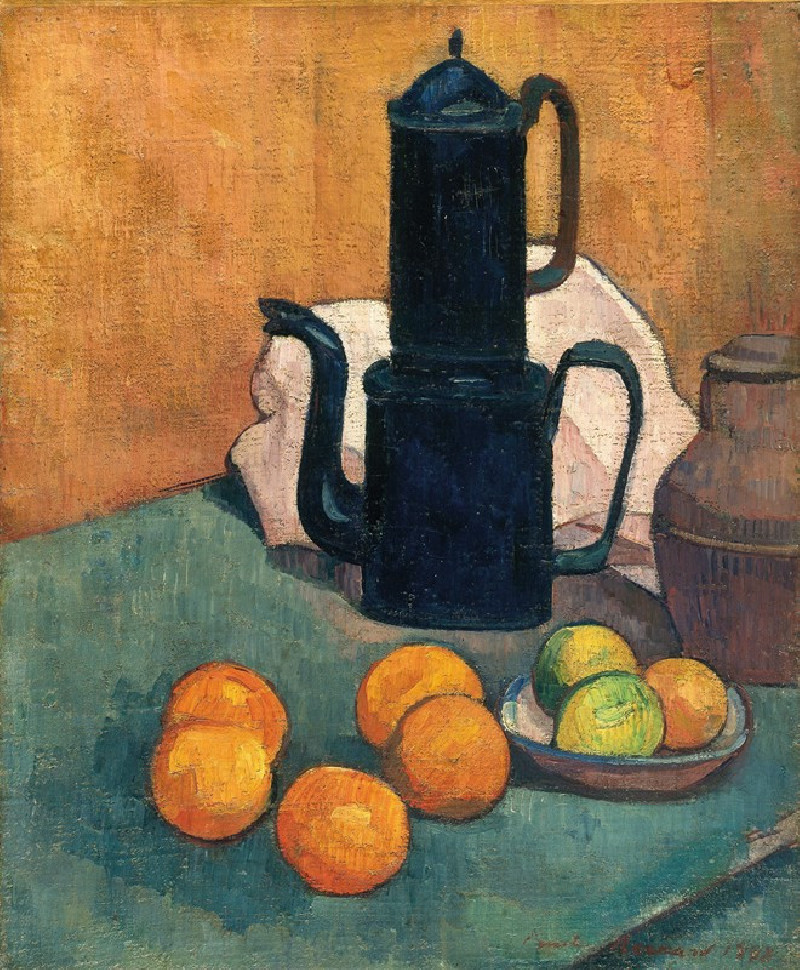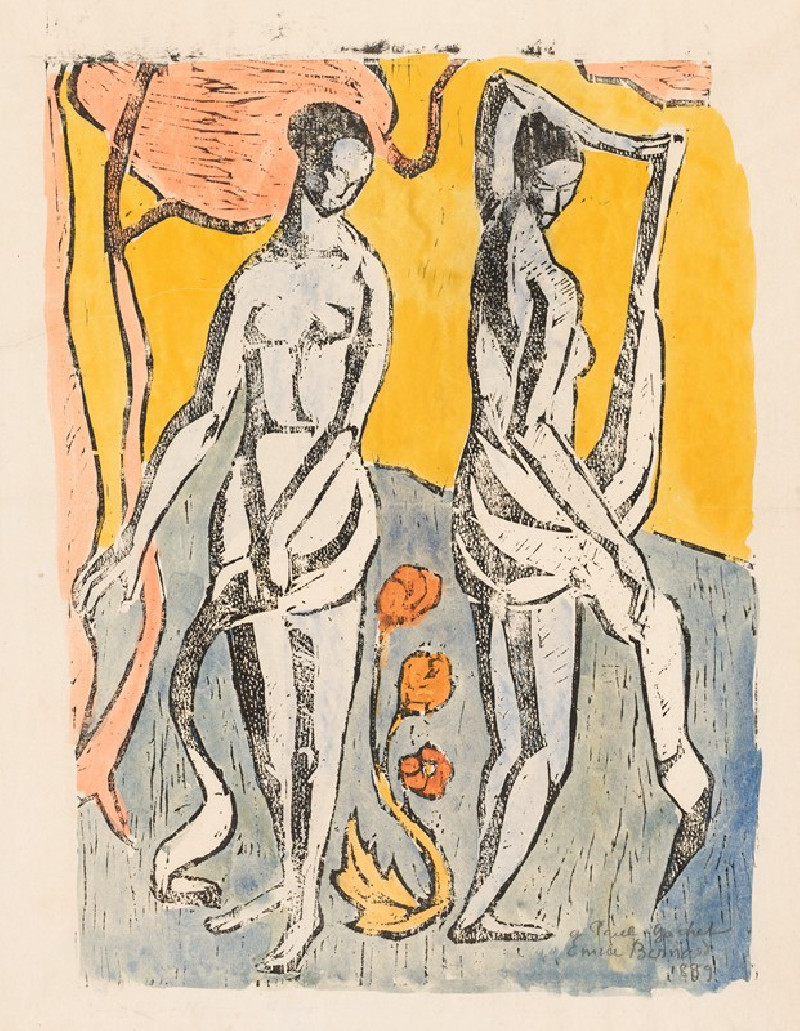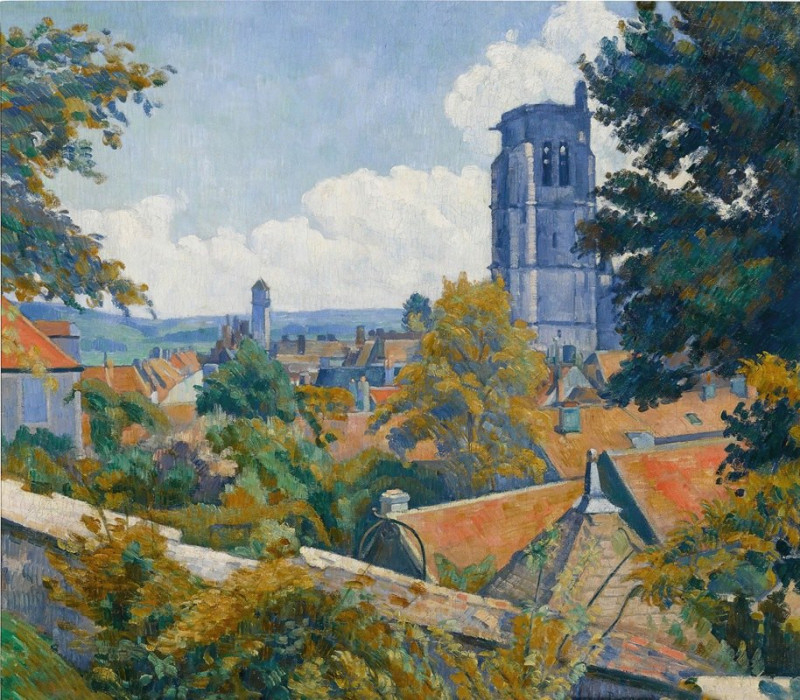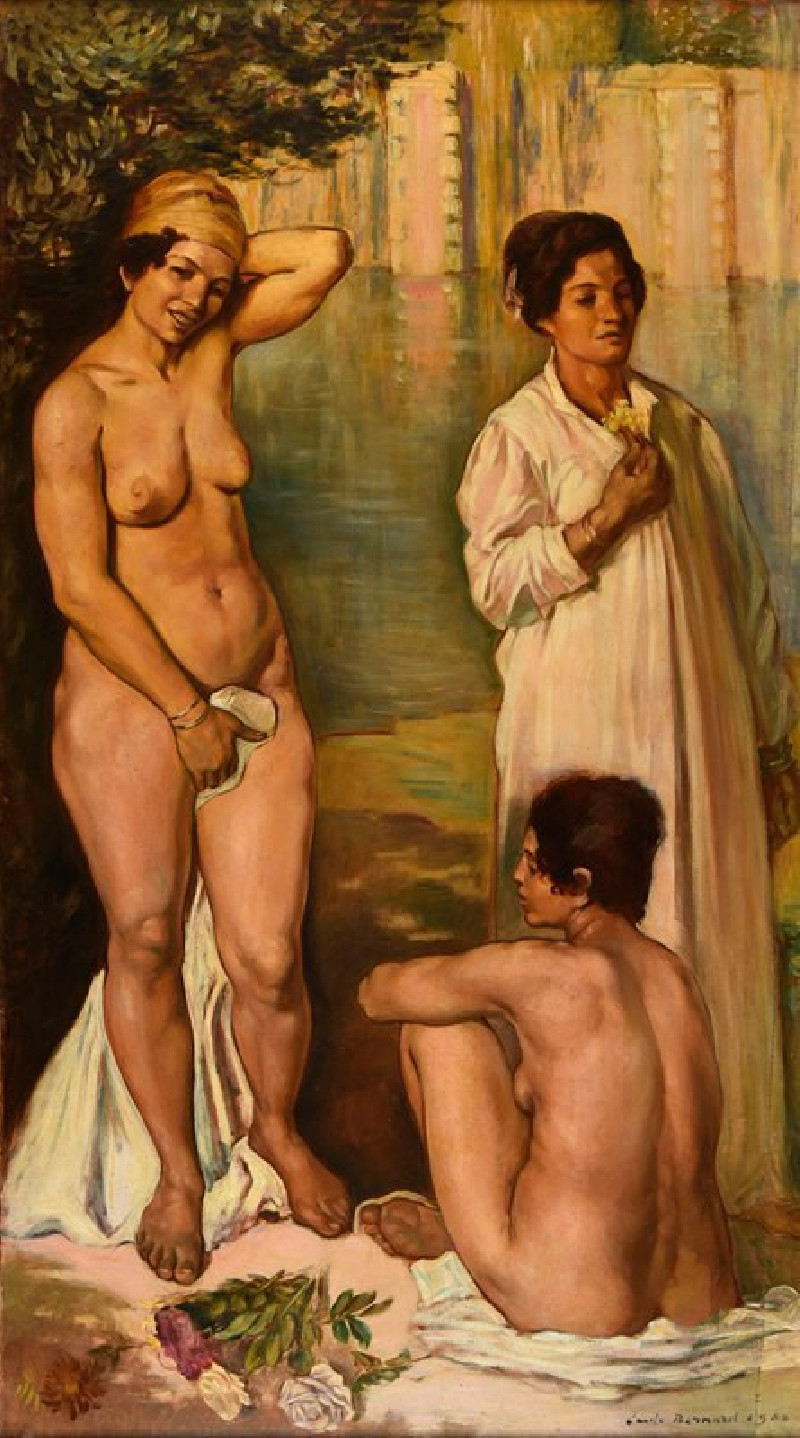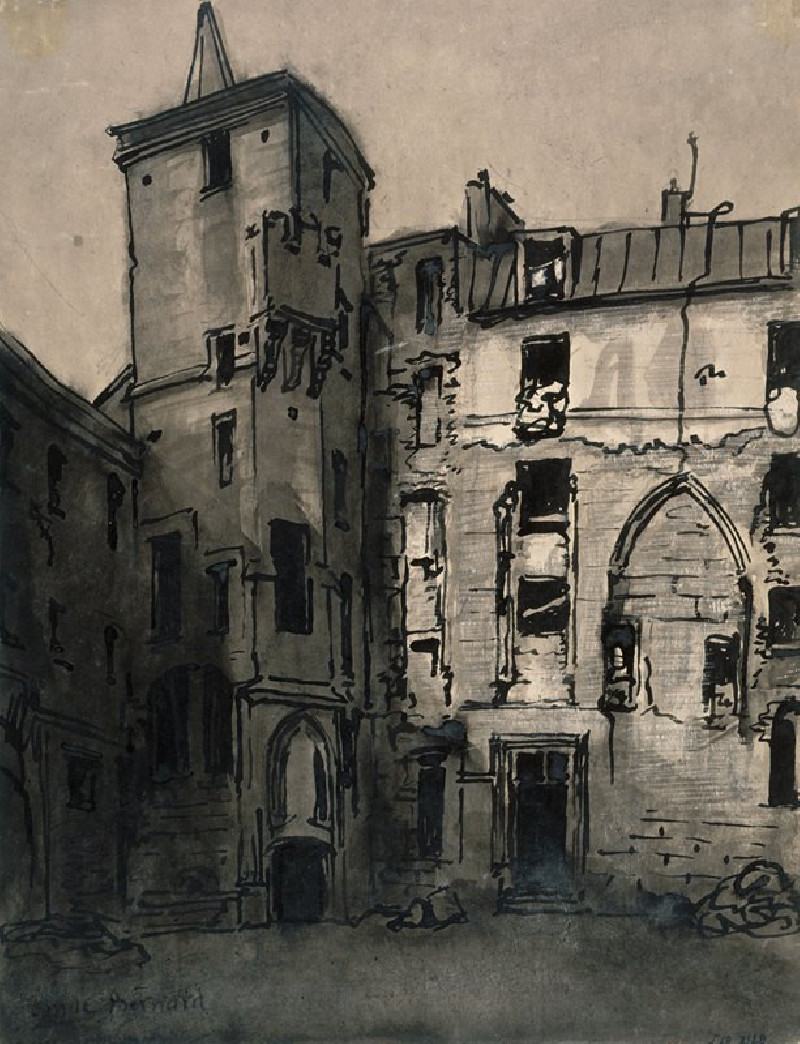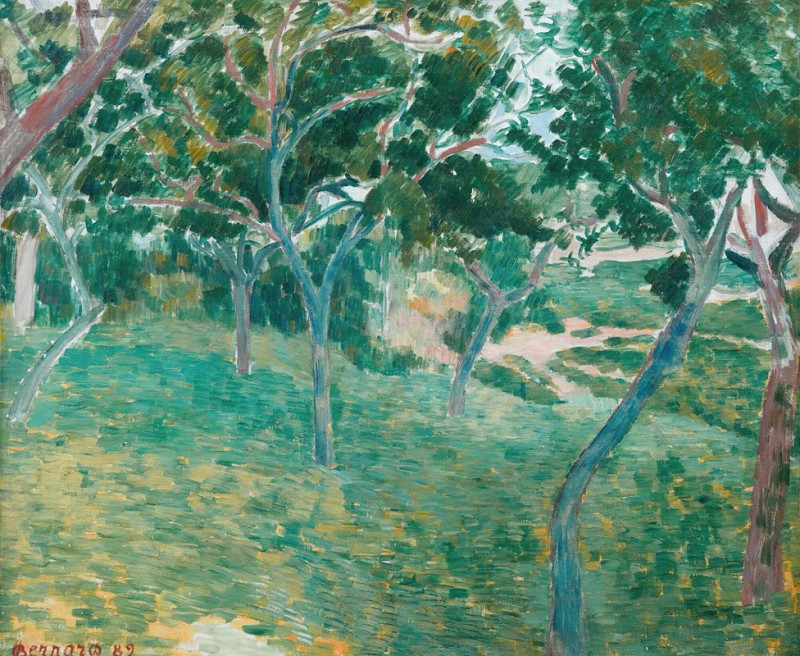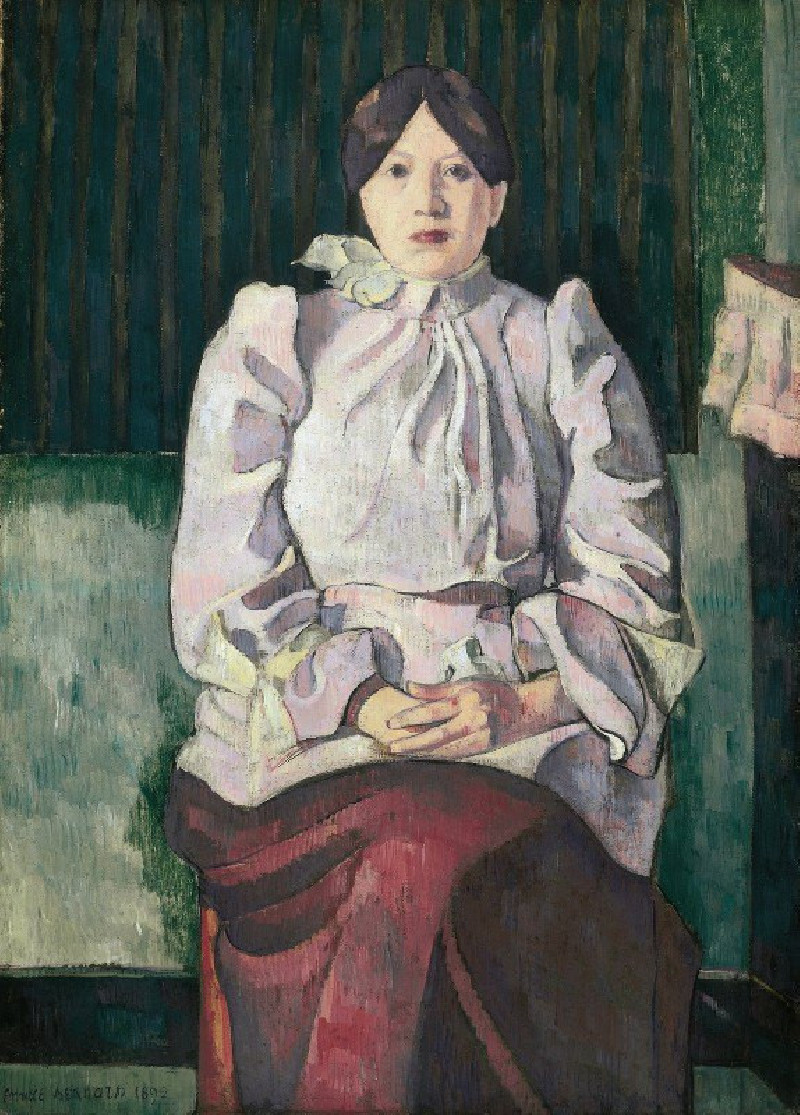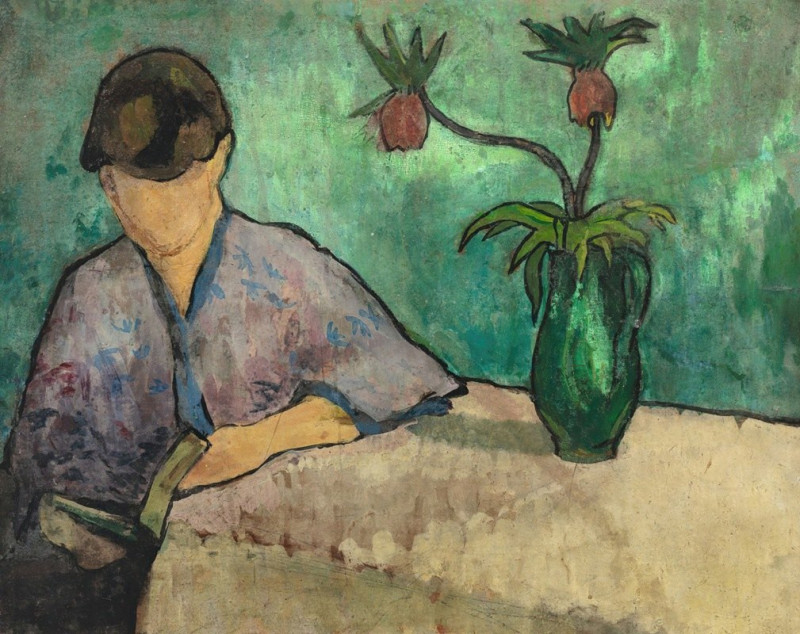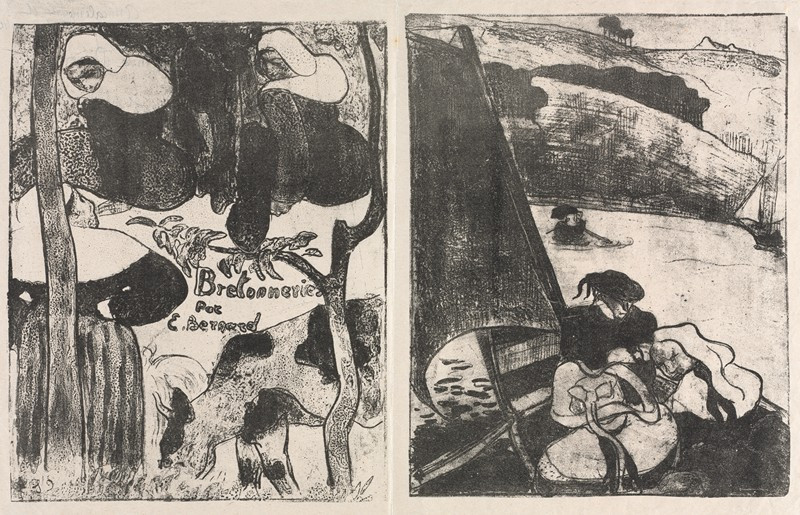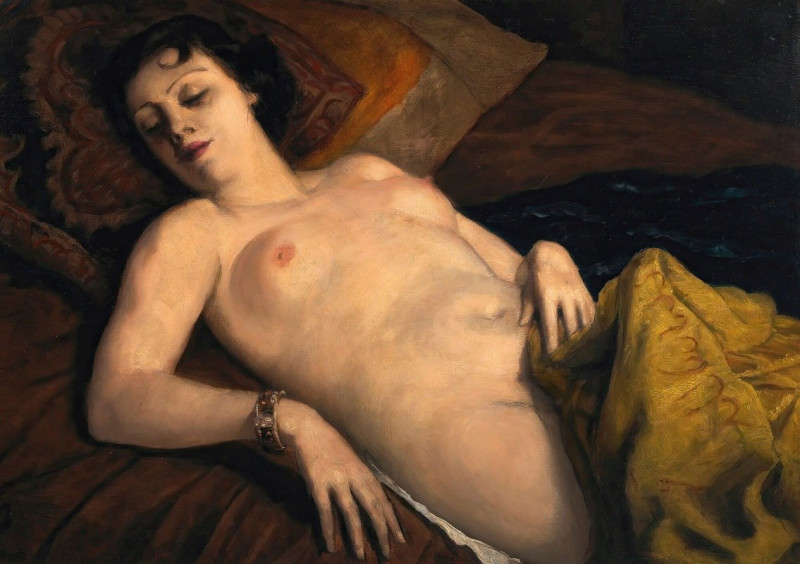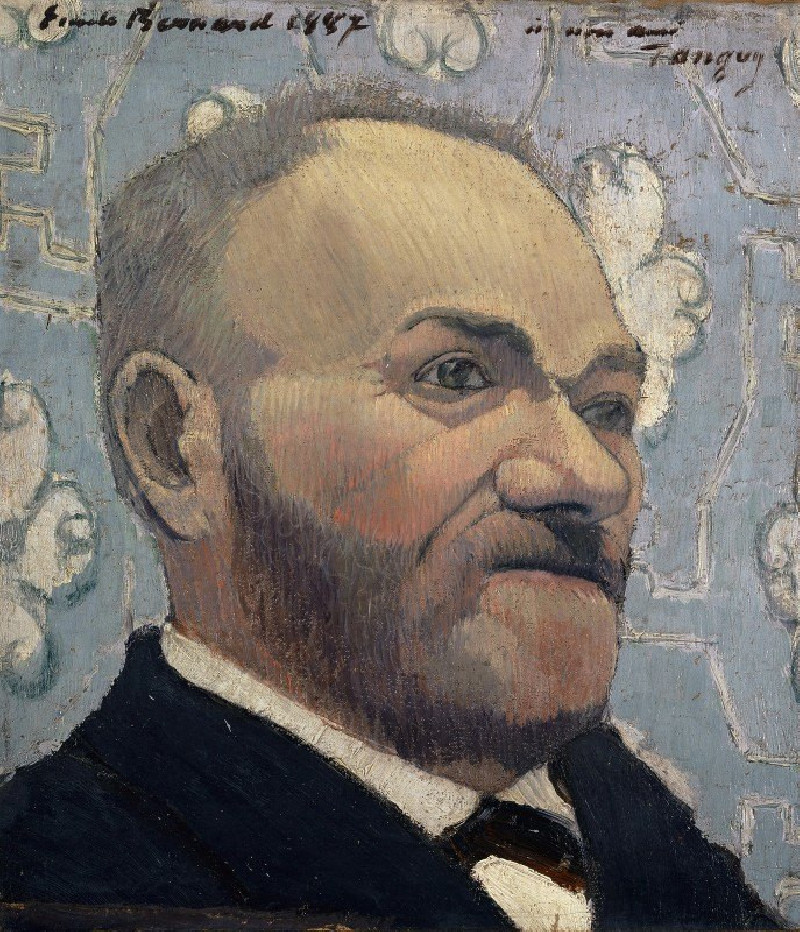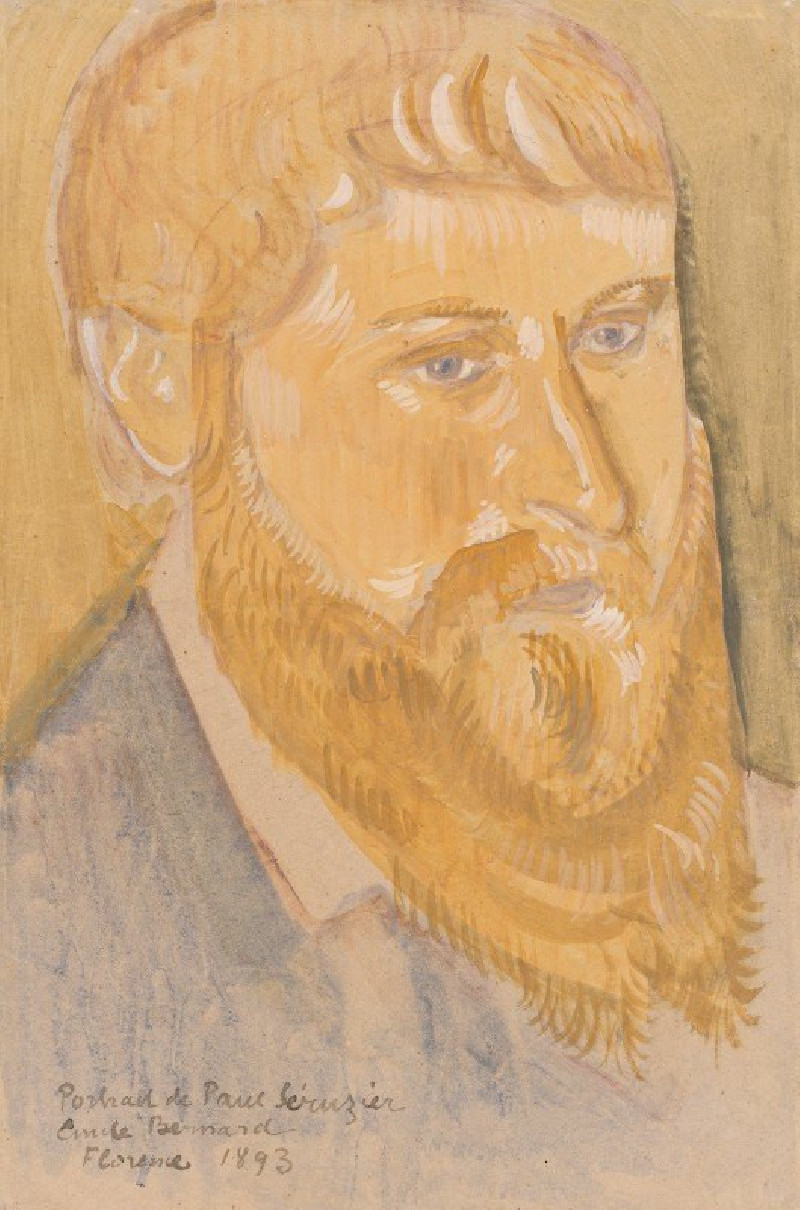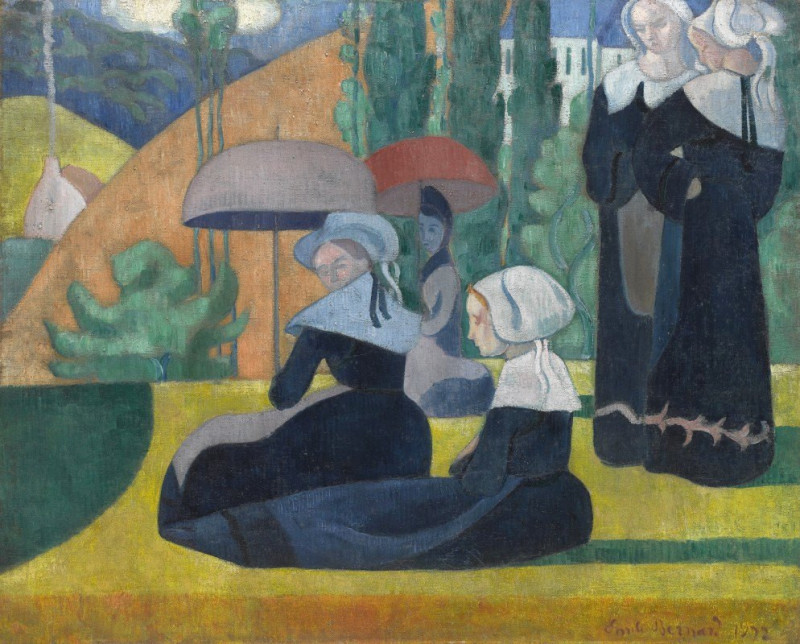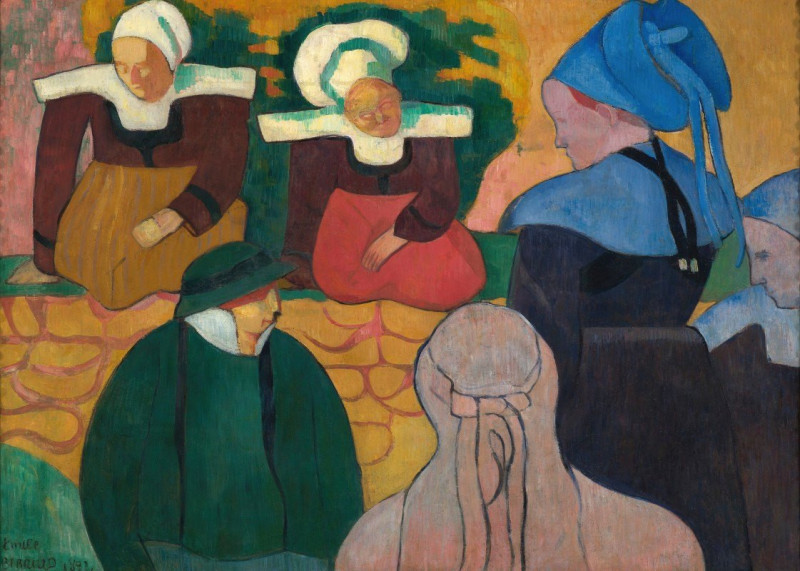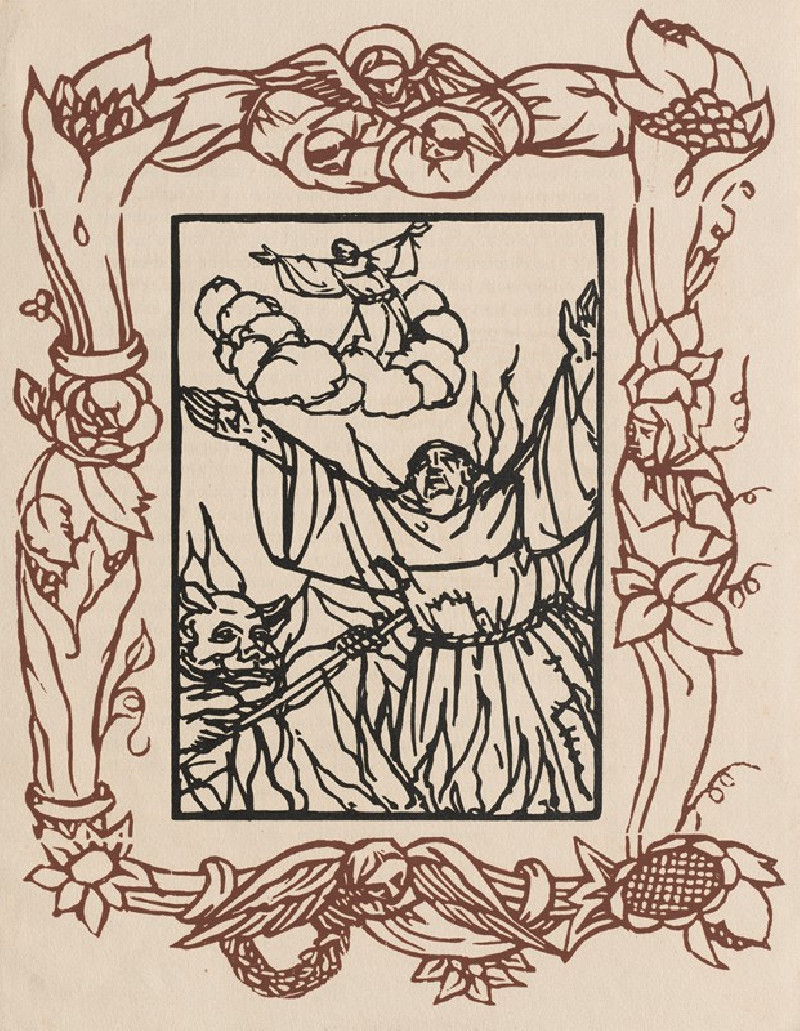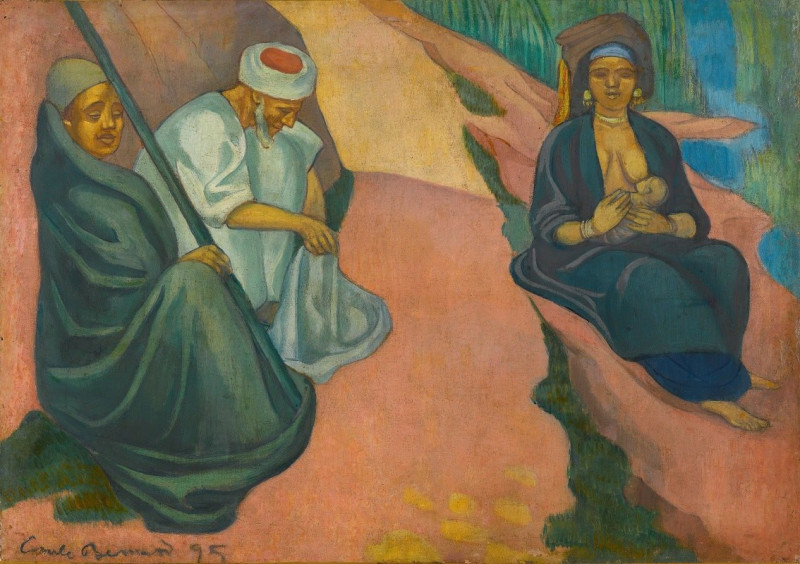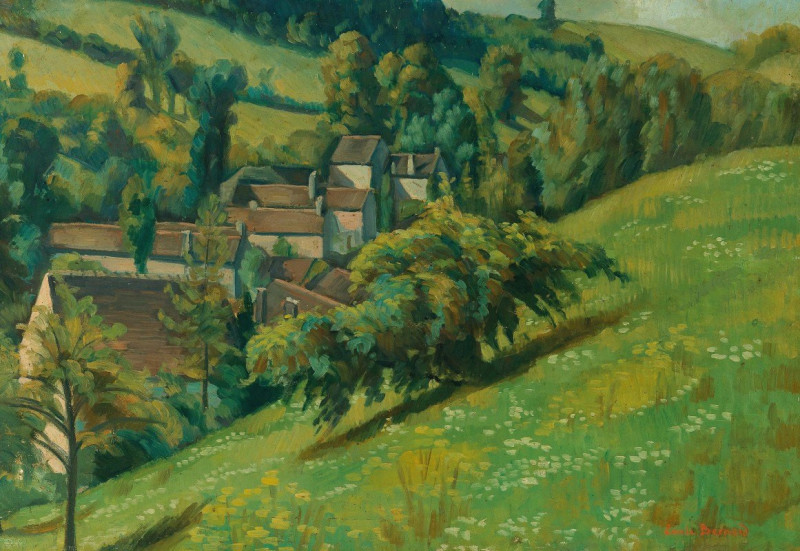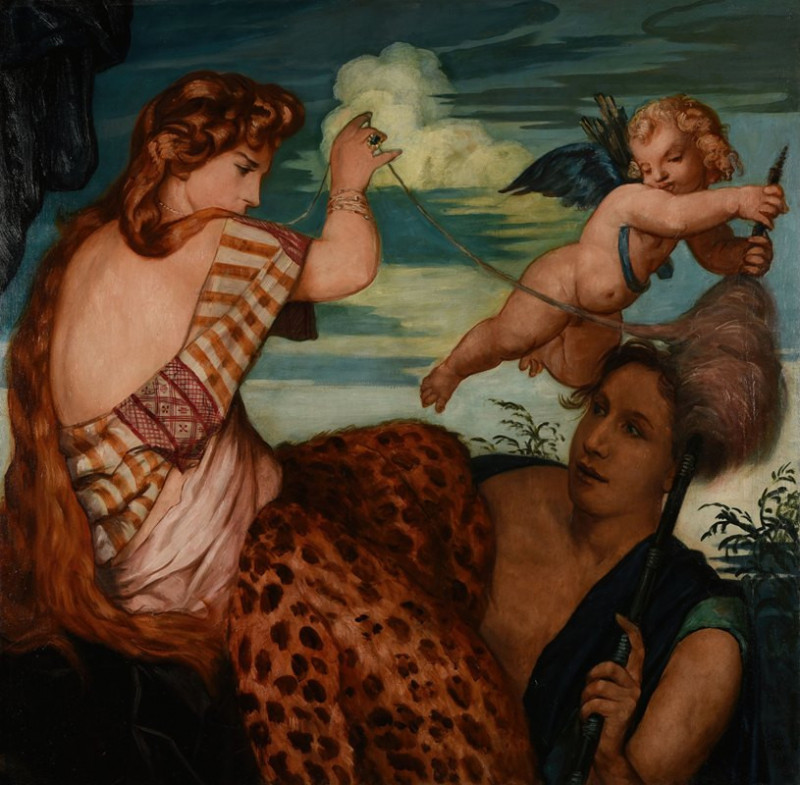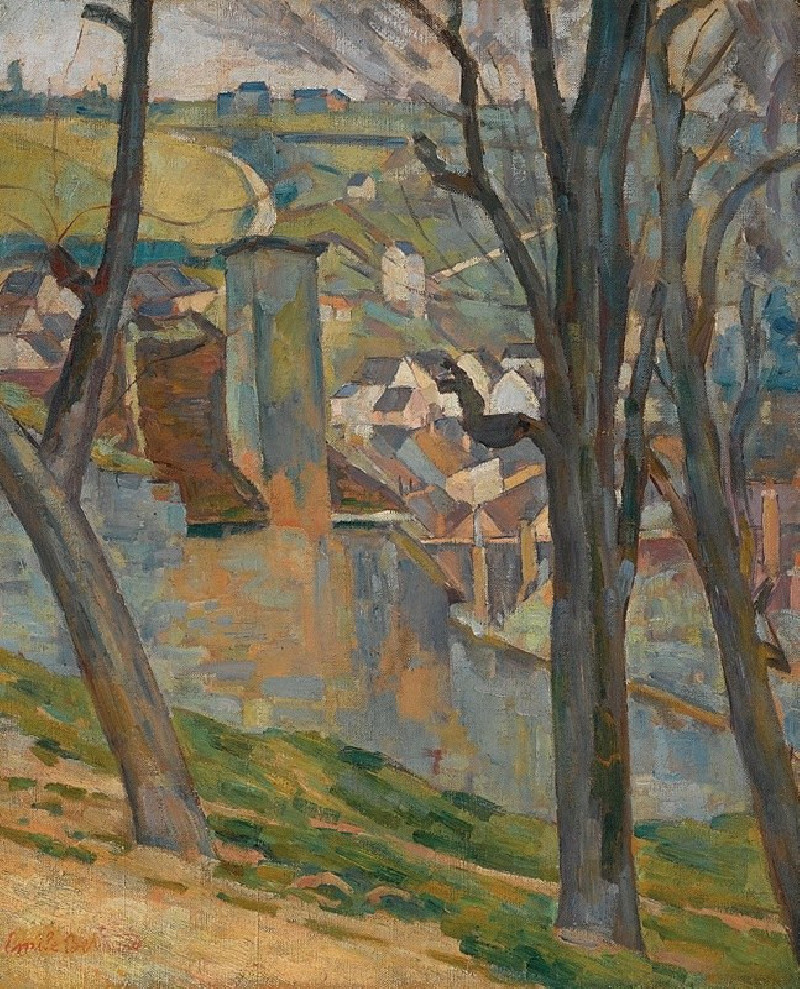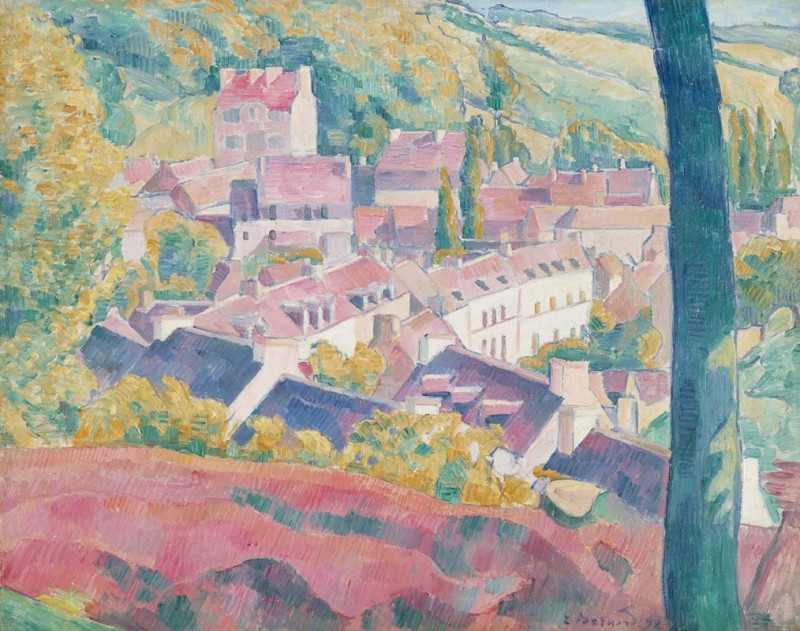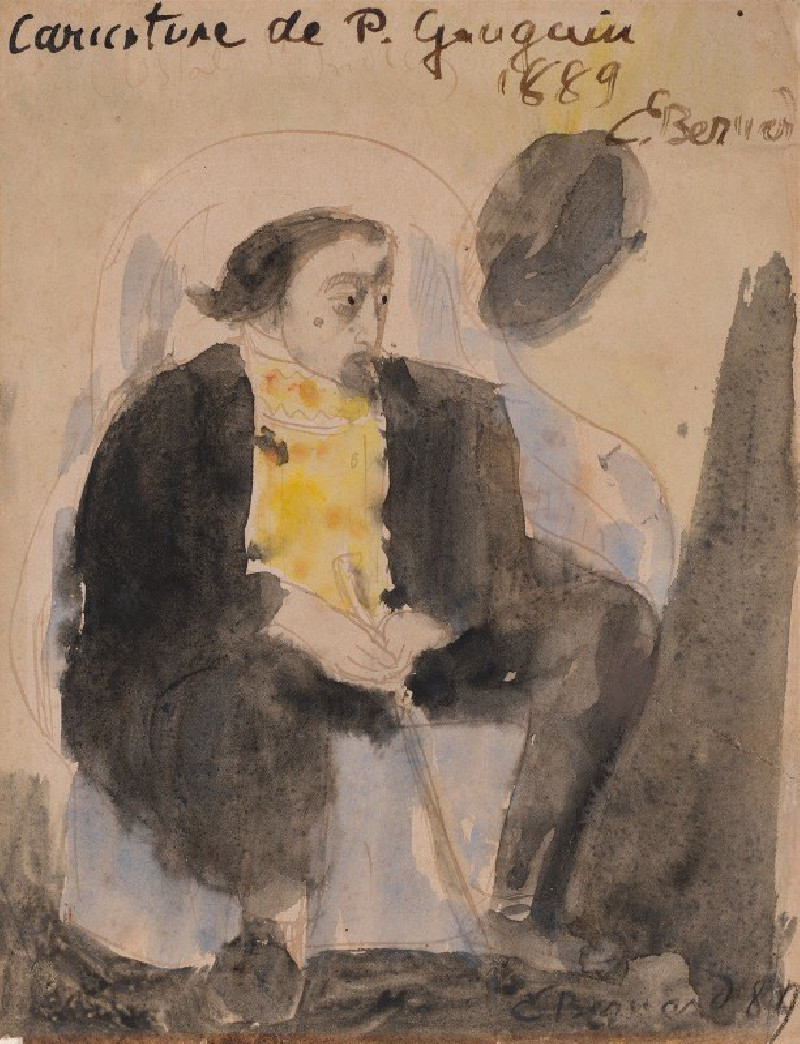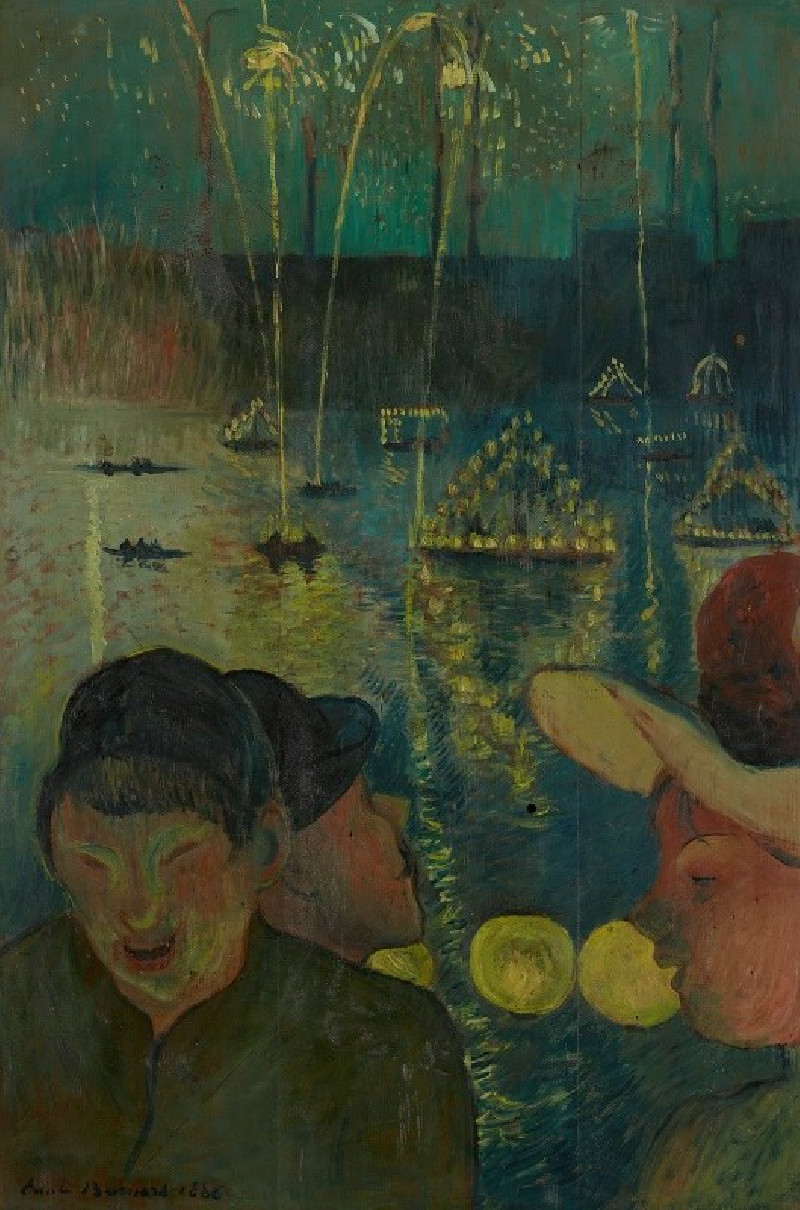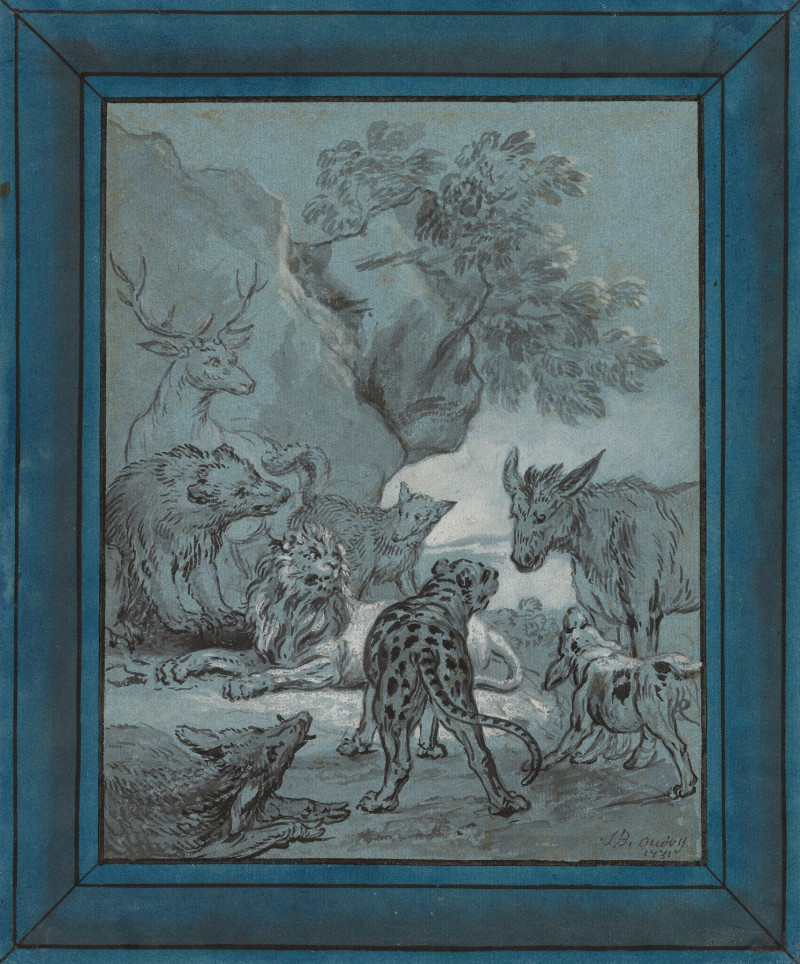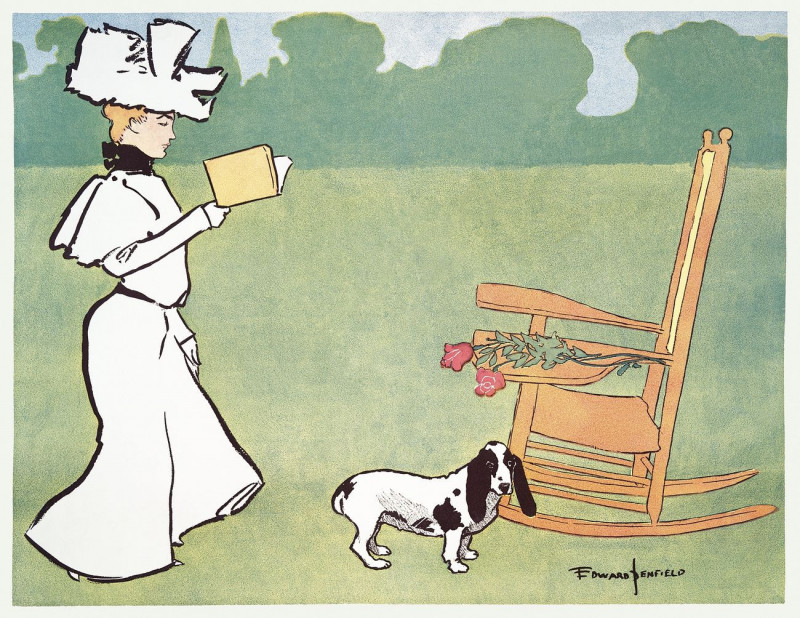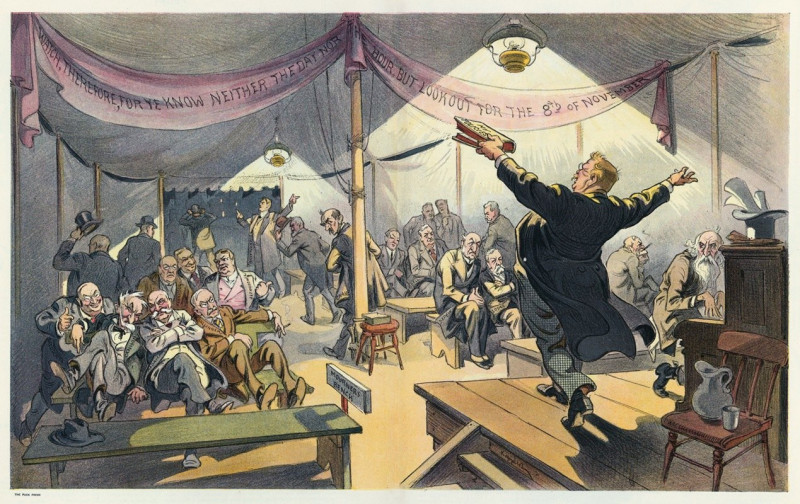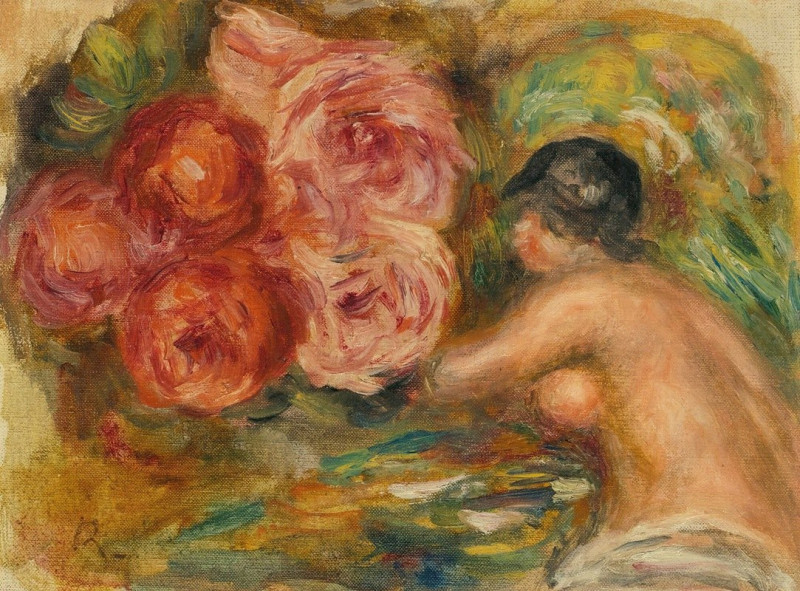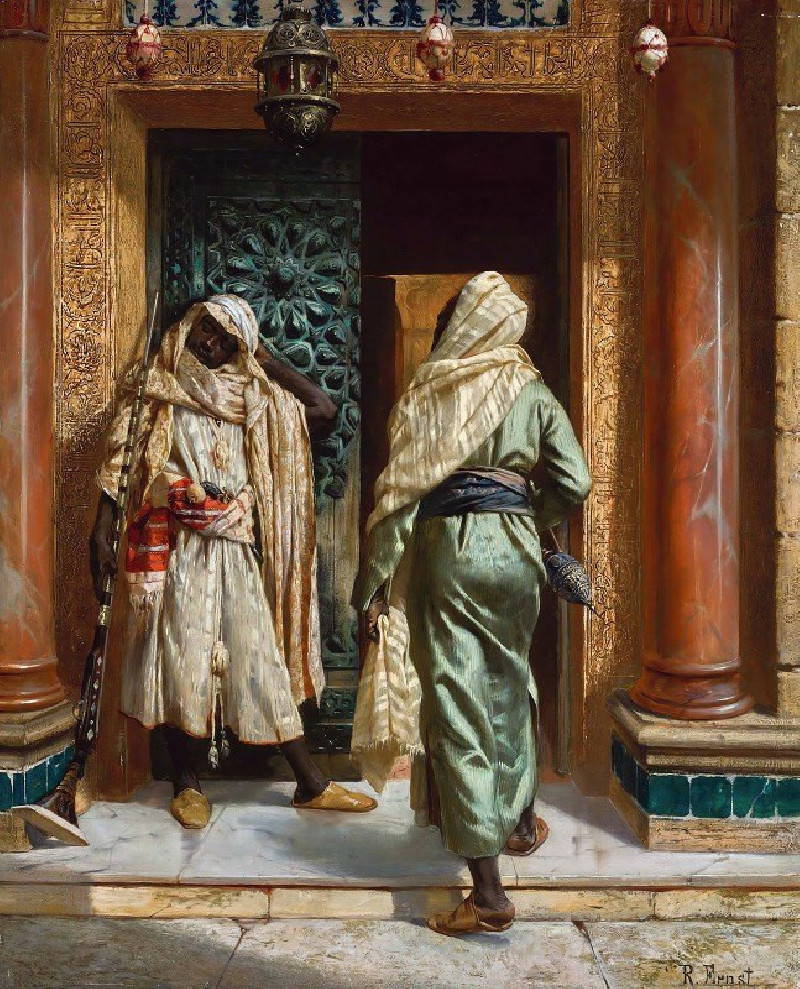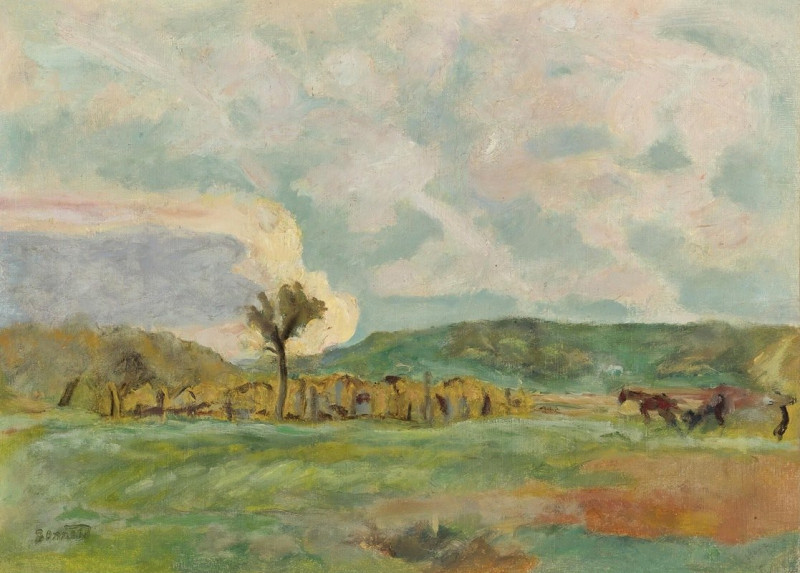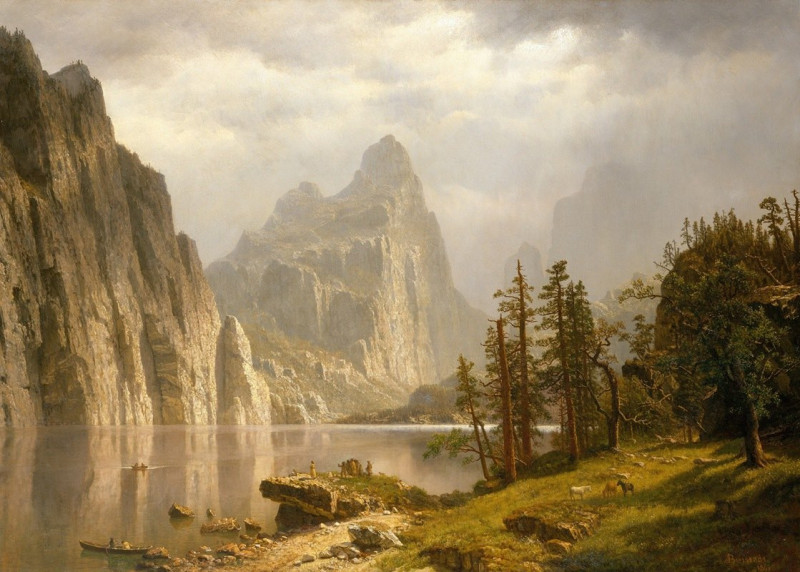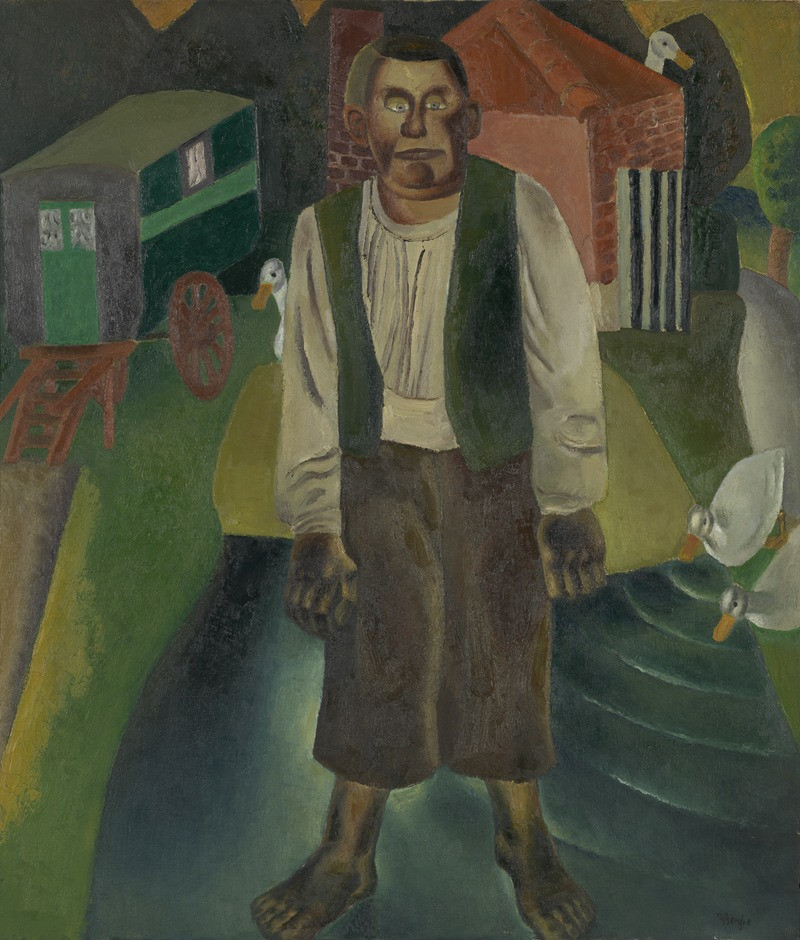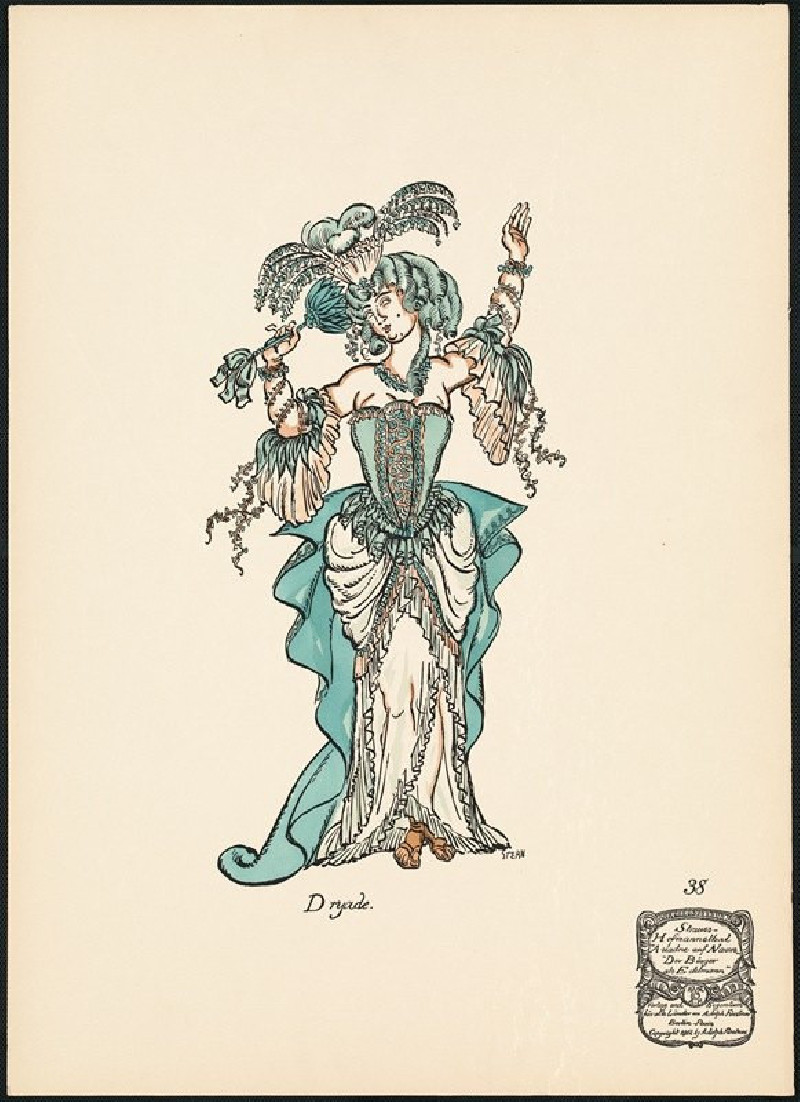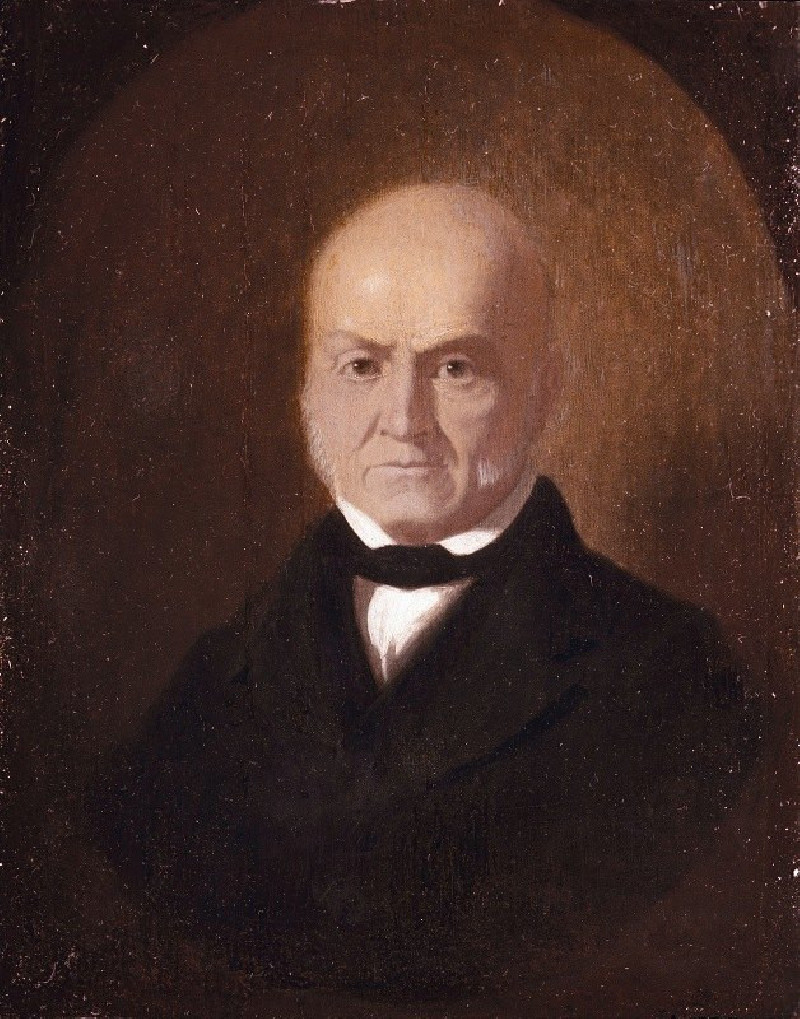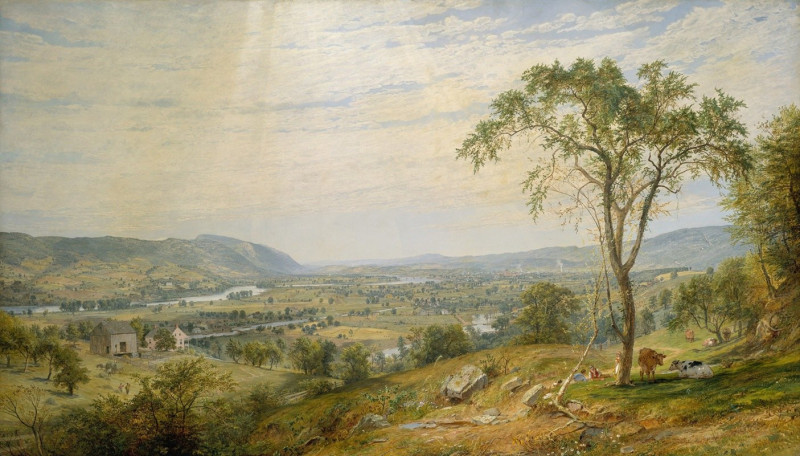Nature Morte Au Pichet Et À La Tasse (circa 1889)
Technique: Giclée quality print
Recommended by our customers
More about this artwork
Welcome to an intimate glimpse into the tranquil beauty of still life as portrayed by Emile Bernard in his painting, "Nature Morte Au Pichet Et À La Tasse" (circa 1889). This artwork is a stunning example of Bernard's ability to infuse simple household items with profound aesthetic and emotional depth.The painting features a rustic arrangement including a robust earthenware pitcher, a small cup with blue and green stripes, and an assortment of fruits which include what seems to be a yellow pear and a round brown fruit, possibly a bread loaf or a stone, all resting on a textured white cloth draped over a table. In the background, Bernard hints at a deeper narrative through the depiction of a framed landscape painting, suggesting a window into another world or perhaps reflecting the artist's memory or aspirations.Bernard's use of earthy tones, from the warm browns of the pitcher to the soft yellows and greens of the pear, creates a harmonic palette that invites viewers to ponder the simplicity and beauty of everyday objects. The textures in the painting, visibly rich and meticulously crafted, highlight Bernard's mastery of the post-impressionist style, focusing on structural forms and the interplay of light and color.This painting not only showcases Bernard's skill and sensitivity as a painter but also reflects the broader post-impressionist movement's exploration of personal expression and the emotional resonance of color and form.
Delivery
Returns
Émile Henri Bernard (28 April 1868 – 16 April 1941) was a French Post-Impressionist painter and writer, who had artistic friendships with Vincent van Gogh, Paul Gauguin and Eugène Boch, and at a later time, Paul Cézanne. Most of his notable work was accomplished at a young age, in the years 1886 through 1897. He is also associated with Cloisonnism and Synthetism, two late 19th-century art movements. Less known is Bernard's literary work, comprising plays, poetry, and art criticism as well as art historical statements that contain first-hand information on the crucial period of modern art to which Bernard had contributed.

